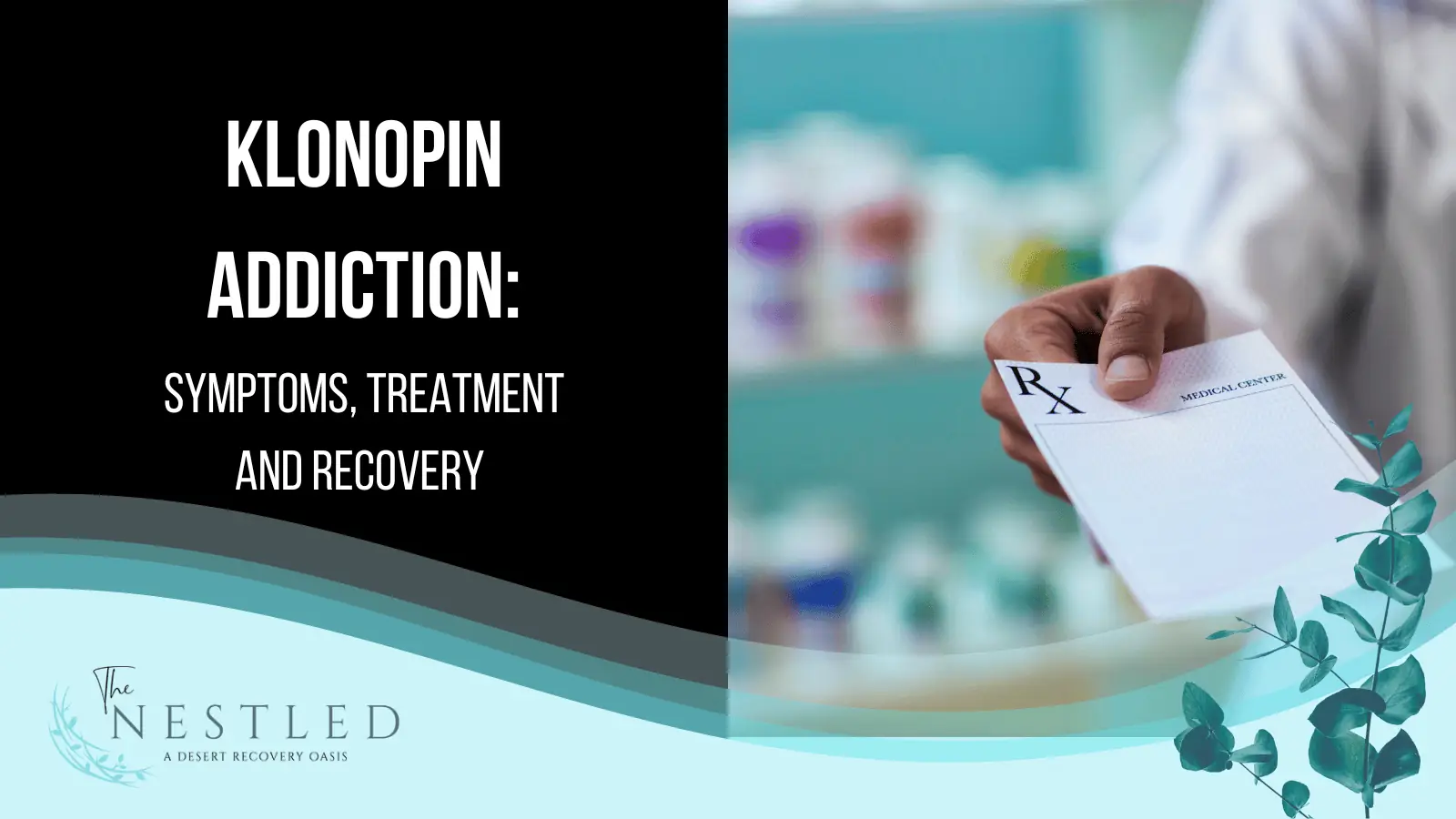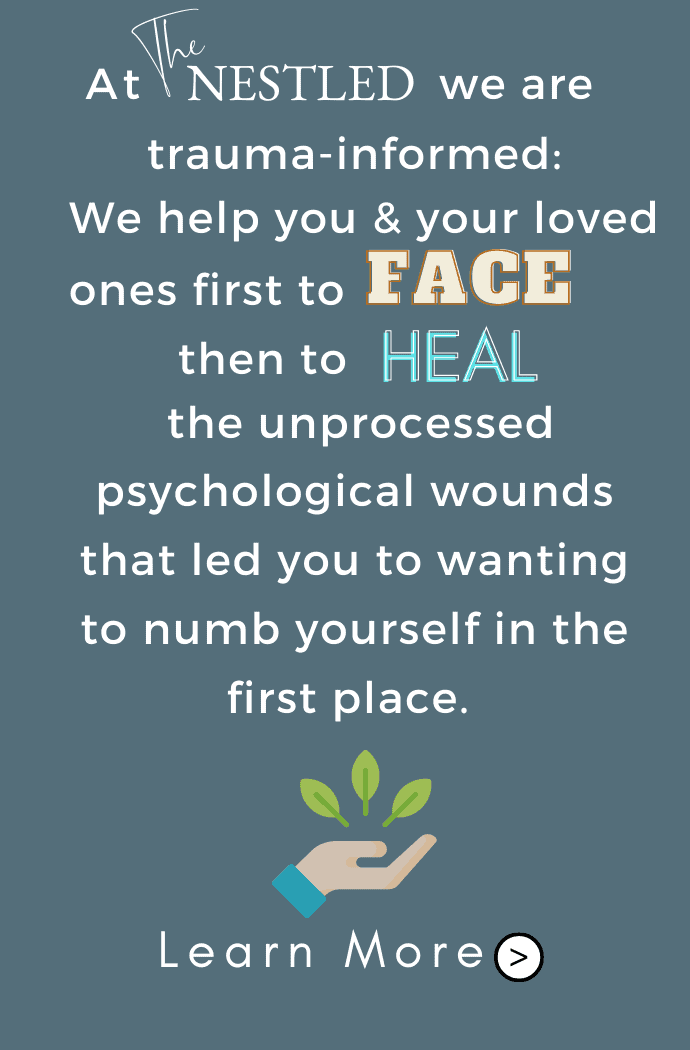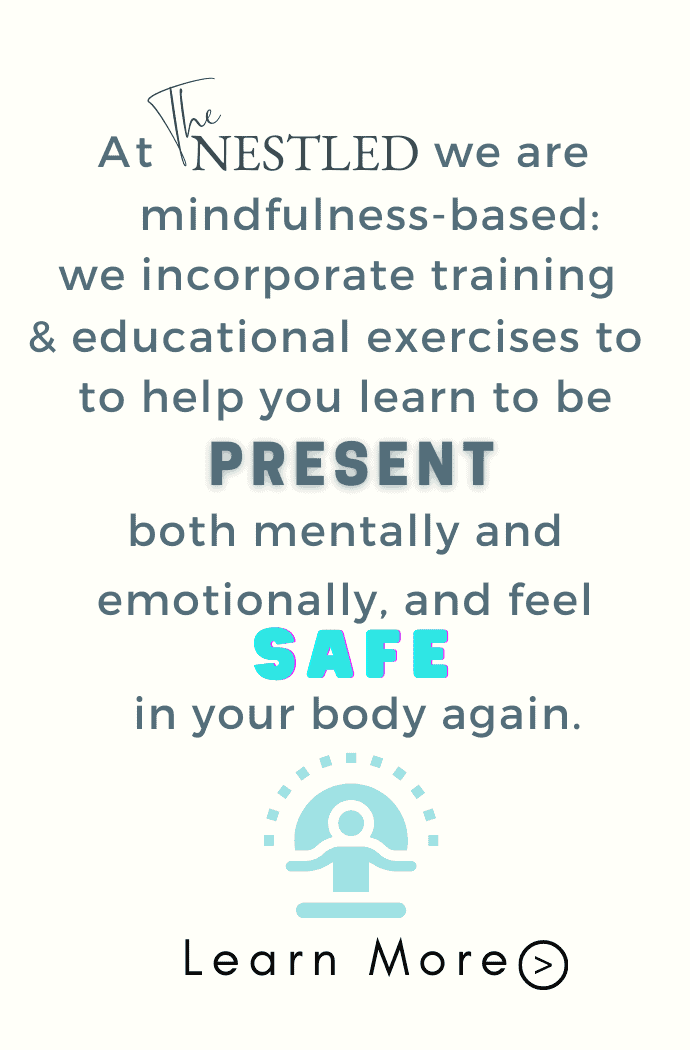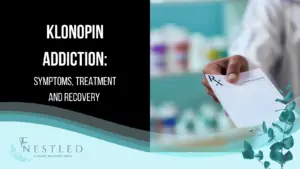Navigating the complexities of prescription drug addiction can be a daunting journey, one that countless individuals and their loved ones face daily. Klonopin, a medication used primarily for treating seizures and panic disorders, is one such drug. While effective for its intended use, Klonopin can also lead to dependency and addiction, creating challenges that go beyond its therapeutic benefits.
Klonopin addiction is characterized by a range of symptoms and behaviors. Users may develop a tolerance, needing larger doses to achieve the same effects, and experience withdrawal symptoms if usage is reduced or stopped. This addiction doesn’t just affect physical health; it profoundly impacts mental well-being and social interactions, making awareness and understanding of treatment and recovery options critical.
There are many indicators of Klonopin addiction, various treatment approaches available, and there is a path towards recovery. We aim to offer guidance on managing withdrawal, engaging with different treatment modalities, and strategies for sustained recovery. Whether you’re personally grappling with addiction or supporting someone in their journey, our goal is to provide insightful, practical information to navigate this challenging but surmountable path.
What is Klonopin?
Klonopin, known generically as clonazepam, is a prescription medication belonging to the benzodiazepine class. It’s primarily prescribed for managing seizure disorders and panic attacks due to its potent anticonvulsant and anxiolytic properties. Klonopin works by calming the brain and nerves, but its potential for dependency and abuse requires it to be used under strict medical supervision.
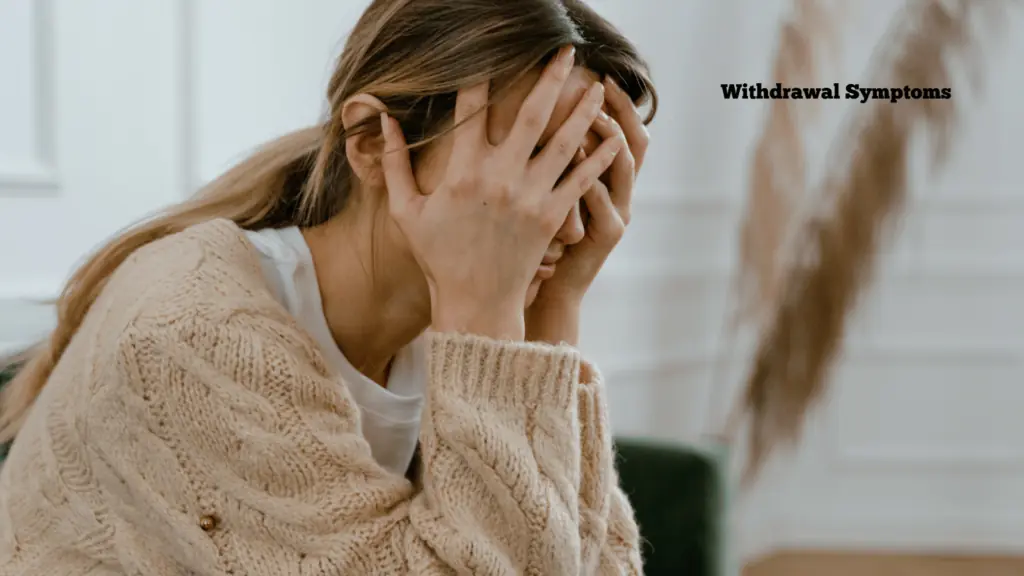
Signs and Symptoms of Klonopin Addiction
Signs and symptoms of Klonopin addiction include increased tolerance to the drug’s effects, withdrawal symptoms like agitation, insomnia, and anxiety when not in use, and continued use despite negative consequences. Behavioral changes such as secretive use, social withdrawal, and obsessive thoughts about obtaining and taking the drug also indicate addiction.
Common signs indicating Klonopin addiction:
- Individuals struggling with Klonopin addiction often display behavioral changes, such as increased secrecy about their drug use, lying, or theft to obtain the drug.
- Frequent doctor shopping or seeking multiple prescriptions is a telltale sign of dependency, as is a preoccupation with obtaining and using Klonopin.
- Neglecting responsibilities at work, school, or home, along with a loss of interest in previously enjoyed activities, can indicate addiction.
Physical and psychological symptoms:
- Physical symptoms of Klonopin addiction may include drowsiness, slurred speech, poor coordination, and a noticeable lack of energy.
- Psychological symptoms often encompass increased anxiety, depression, and mood swings, especially when not using the drug.
- Paradoxically, some individuals may experience heightened anxiety or panic attacks due to Klonopin abuse, which can drive further use.
The Role of Risk Factors in Klonopin Addiction Development:
- Several risk factors contribute to the development of Klonopin addiction, including a history of substance abuse or addiction.
- Individuals with co-occurring mental health disorders, such as anxiety or depression, are at higher risk of Klonopin addiction.
- Prolonged use, high dosages, and a lack of medical supervision can increase the likelihood of addiction, as the body becomes accustomed to the drug’s effects.
- Social and environmental factors, such as peer pressure or easy access to Klonopin, can also play a significant role in addiction development.

Understanding Klonopin Addiction:
Klonopin addiction has been on the rise, drawing attention due to its increasing prevalence. Originally prescribed for anxiety and panic disorders, Klonopin’s tranquilizing effects have led to misuse and addiction.
Many individuals who were once medicated for legitimate reasons find themselves caught in the web of dependence. Factors contributing to this issue include co-occurring mental health disorders, prolonged use, escalating doses, and the ease of access to the medication. Additionally, social and environmental factors, such as peer pressure, play a role in driving Klonopin addiction. Recognizing these risk factors is crucial for tailoring prevention and treatment strategies to address the unique needs of those at risk.
Untreated Klonopin addiction can have far-reaching consequences. Beyond the physical and psychological toll, it strains relationships, hampers work or academic performance, and diminishes overall quality of life. The potential for overdose, particularly when Klonopin is combined with other substances, underscores the urgency of seeking help.
Treatment Options for Klonopin Addiction
Treatment for Klonopin addiction generally includes medically supervised detox, to safely manage withdrawal, along with counseling and therapy like CBT to tackle psychological aspects. Treatment should be individualized, emphasizing safety, evidence-based approaches, and strong support networks. Consulting with healthcare providers or addiction specialists is crucial for tailored care.
Medical Detoxification
Tapering Off: Gradually reducing dosage under medical supervision to prevent severe withdrawal symptoms. Professional oversight for managing withdrawal and complications is necessary.
Medication-Assisted Treatment (MAT)
Medications used to alleviate withdrawal symptoms under safe monitoring of the individual
Counseling and Behavioral Therapies
Techniques like Cognitive Behavioral Therapy (CBT) and Motivational Interviewing (MI) to modify behavior and mindset and get to the root of the problem.
Rehabilitation Programs
Choice between inpatient (intensive, residential) and outpatient (treatment while living at home) programs.
Support Groups
Peer support through 12-Step programs like Narcotics Anonymous or alternative groups.
Dual Diagnosis Treatment
Addressing co-occurring mental health disorders alongside addiction.
Klonopin Addiction Recovery Symptoms and Withdrawal Timeline
The withdrawal duration varies per individual, but symptoms can start within a few days to a week after discontinuation. Acute withdrawal symptoms typically peak around two weeks and can last anywhere from a few weeks to several months, depending on the length and intensity of usage.
Withdrawal symptoms can include anxiety, insomnia, seizures, irritability, muscle spasms, and mood disturbances. Severity of symptoms can fluctuate during the recovery process. Full recovery from Klonopin addiction might take several months to a year or more. This period involves not only the cessation of the drug but also rebuilding healthy habits, coping strategies, and often repairing social and professional relationships.
Continuous support through therapy, support groups, and possibly medication-assisted treatment (MAT) is crucial. Ongoing counseling or therapy can help address the underlying causes of addiction and provide strategies for dealing with stress and triggers.
It’s important to remember that recovery is highly personal, and experiences will vary. Some may find certain stages of withdrawal and recovery more challenging than others. Always seek guidance from healthcare professionals for a safe and effective withdrawal and recovery plan tailored to individual health needs and circumstances.

We Are Here To Help – The Nestled Recovery
Overcoming Klonopin addiction is a challenging yet achievable journey. It requires patience, commitment, and a comprehensive treatment plan that addresses both the physical and psychological facets of addiction. The withdrawal process can be demanding and varies from person to person, both in symptoms and duration. However, with the right support and strategies in place, recovery is within reach.
At The Nestled Recovery Center, the focus is not just on overcoming addiction, but also on fostering overall well-being and a sustainable, sober lifestyle. If you or a loved one is struggling with Klonopin addiction, remember that help is available. Taking the first step can be daunting, but it’s a crucial part of the journey towards healing and recovery. Contact The Nestled Recovery Center to learn more about their programs and how they can assist you in turning a new page in your life. Your journey to recovery and a healthier, happier future begins with that first step.

